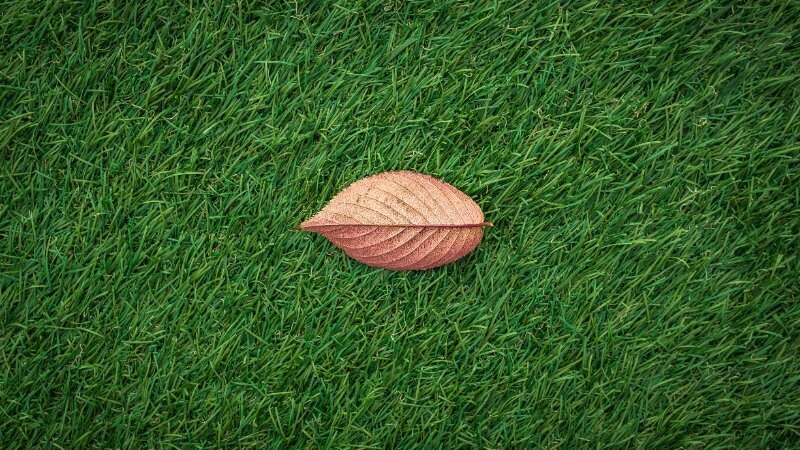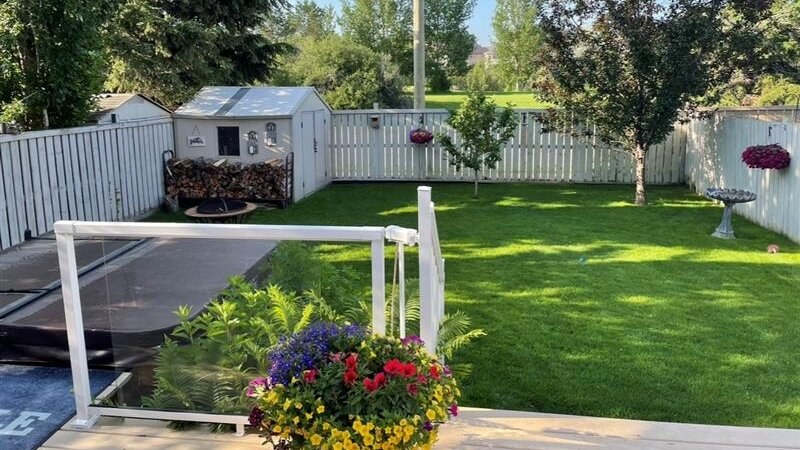How to Mow Your Lawn Properly - The Ultimate Guide
Reading time: 4 minutesKeeping up with your lawn is more than just clean-up; it’s like breathing life into your outdoor sanctuary.
One aspect of lawn care that we all know is mowing. Your lawn needs regular mowing to stay healthy, but some key things you need to know about mowing go beyond how to start your mower. It’s more than just aimlessly manoeuvring a lawnmower; it requires a certain level of precision and discipline essential for lush and thick grass, controlling weeds, and adding vitality to your lawn.
We will cover everything you need to know about proper mowing practices and provide lawn mowing tips for achieving the lushest, healthiest lawn on the block!

Know Your Grass
Your lawn has its mowing preferences, and ignoring them might stir up some trouble. Imagine giving your grass a crew cut – cutting it too short will remove all the new, healthy grass and expose the soil for weeds to grow, which could ultimately take over your lawn.
On the flip side, letting it go wild is like allowing a thick blanket of dead grass to take over. It's a barrier to water and air and might become a hotspot for pests and diseases.
The grass types you find most commonly in Western Canada are the cool-season kind; we're talking Kentucky bluegrass, perennial ryegrass, and fescue.
This type of grass flourishes in cold weather and in moderate summers. But come peak summer, they may need some extra TLC; they are not fans of the scorching heat. The optimal mowing height falls between 2.5 to 3.5 inches.
Picture it as giving your lawn the ideal haircut, one that’s not excessively short nor overly long—just right! This method ensures a well-groomed appearance without subjecting your grass to unnecessary strain or allowing it to become untamed.
Follow the One-Third Rule
The one-third rule is a general guideline for mowing your lawn. Basically, you shouldn’t cut more than one-third of the grass blade length at a time. This is because cutting too much of the grass at once can reduce its ability to photosynthesize, which is essential for its growth and health. Cutting too much of the grass can also create more clippings, smothering the lawn.
To follow the one-third rule, you need to adjust your mowing frequency according to the growth rate of your grass. In general, you should mow your lawn more often in the spring and summer (every 5-7 days to keep the grass at a good height) when the growth is faster and less frequently during fall (every 10-14 days) when the growth slows down.
You should also monitor weather conditions and soil moisture levels, as they can affect the growth rate of your grass.
Mow in Different Directions
The significance of mowing your lawn in different directions extends beyond mere aesthetics, playing a crucial role in the overall health of your lawn. This strategic approach enhances the visual appeal and fosters improved sunlight exposure, airflow, and even distribution of clippings.
When you vary mowing directions, you prevent the grass from leaning or matting in a particular direction. This prevents the formation of unsightly patterns and gives a more uniform look across your lawn. It can also help prevent diseases. More importantly, it allows sunlight and air to reach the grass blades and soil more evenly, which is really important for photosynthesis and overall lawn health.
For a diverse mowing pattern, alternate between horizontal, vertical, and diagonal mowing lines. Experiment with different diagonal 45- or 30-degree angles too. Avoid circular mowing patterns, which can lead to over-cutting.

Leave Grass Clippings on the Lawn
Leaving clippings on the lawn, a practice commonly known as grasscycling, has several benefits, not just for your lawn but also for the environment. The clippings act as a natural fertilizer, decomposing quickly and returning valuable nutrients and organic matter back into the soil. This process significantly improves soil fertility and water retention.
In addition to being a natural fertilizer, the clippings serve as a form of natural mulch, creating a protective layer that helps prevent weed growth and moisture loss. This dual functionality contributes to a more sustainable and eco-friendly lawn care approach.
And if that’s not enough, Grasscycling also saves you from the hassle of bagging and disposing of clippings.
There’s an exception to that, though; there are situations where bagging and removing clippings may be necessary. This is when the grass is too wet, long, or diseased or when the lawn is heavily infested with weeds. In these cases, leaving clippings on the lawn can create a thick and soggy layer that may suffocate the grass, spread diseases, or worsen weed growth. In this case, compost or dispose of grass clippings as per local regulations.
Mowing As the Season End
As the summer season winds down, reduce the height of your mower gradually so your last mowing is at a height of 1.5 inches once again. This will reduce any snow mould and help your lawn green up quickly come spring.
Hire a Professional Lawn Care Service
Mowing is an important part of lawn care, and there are a few best practices you can follow to get the most out of your mowing routine. We’ve shared some tips for mowing that should help you keep your lawn looking its best.
If you need help getting your lawn to that perfect shade of green, our team at Green Drop is here to help. We offer lawn care services, such as fertilizing, aeration, overseeding, and weed control.
Check out our packages and book your service online today! We’re always ready to help you achieve a beautiful, healthy lawn.
Whether in Calgary, Edmonton, Red Deer, Regina, Saskatoon, or Winnipeg, we’ve got you covered!

